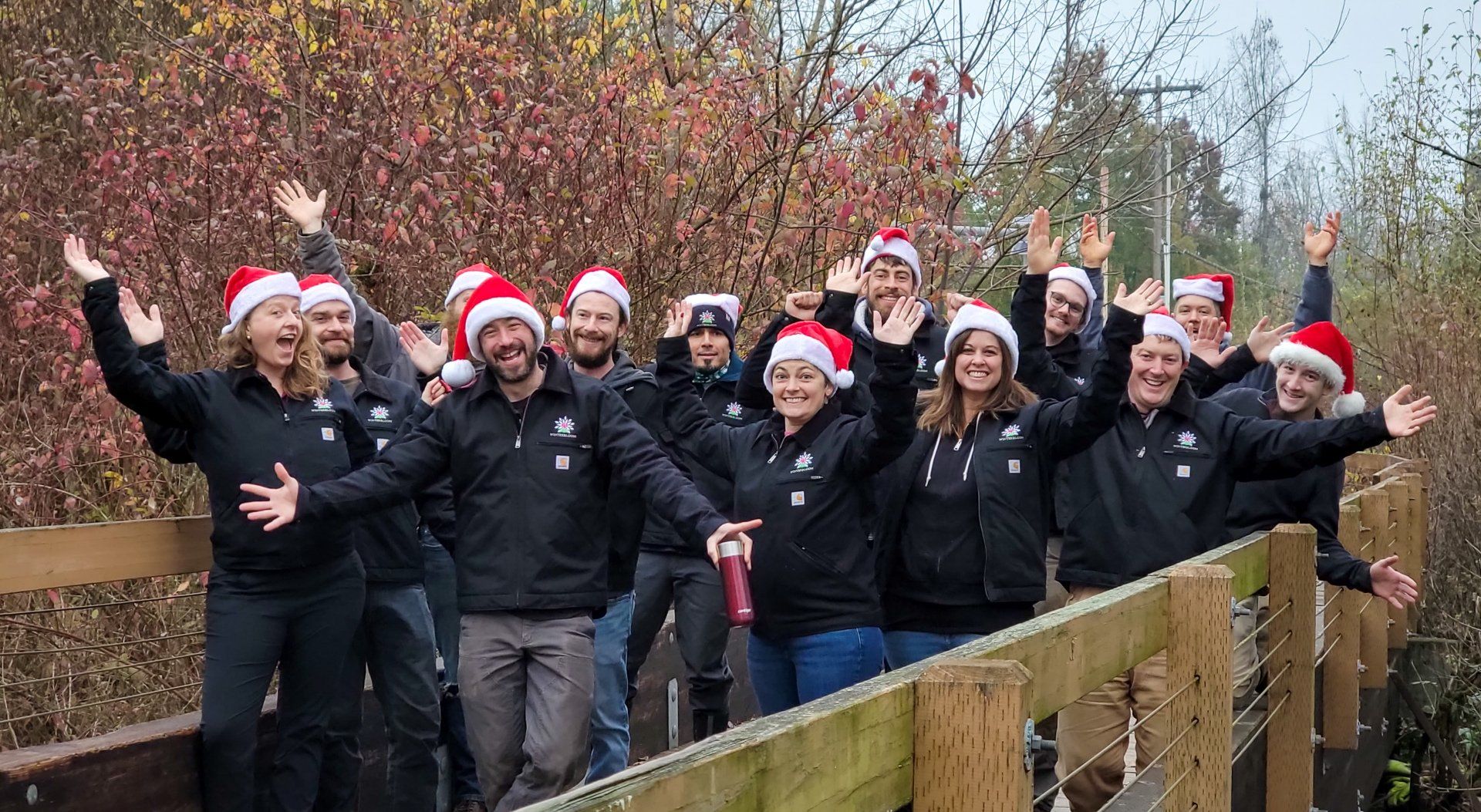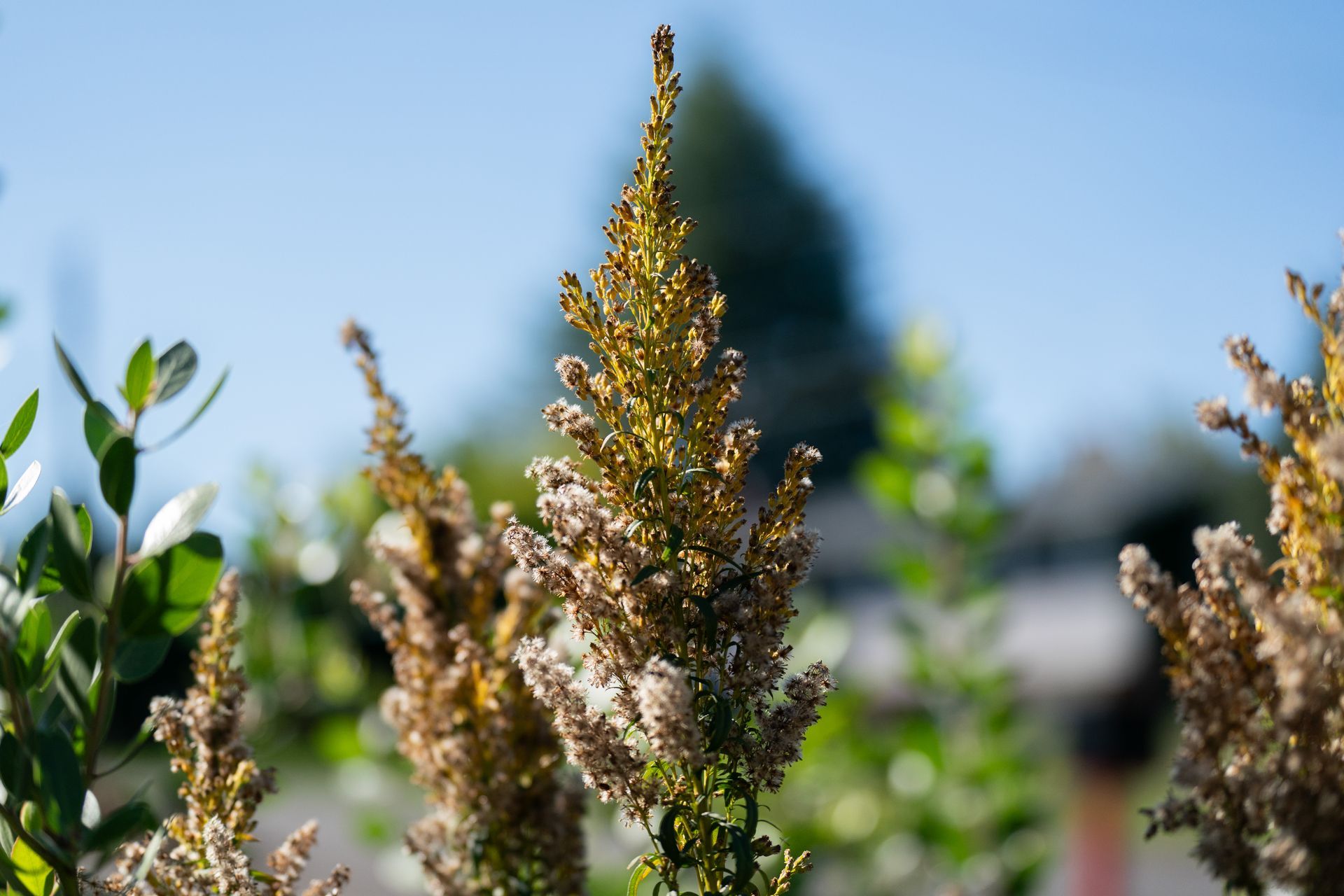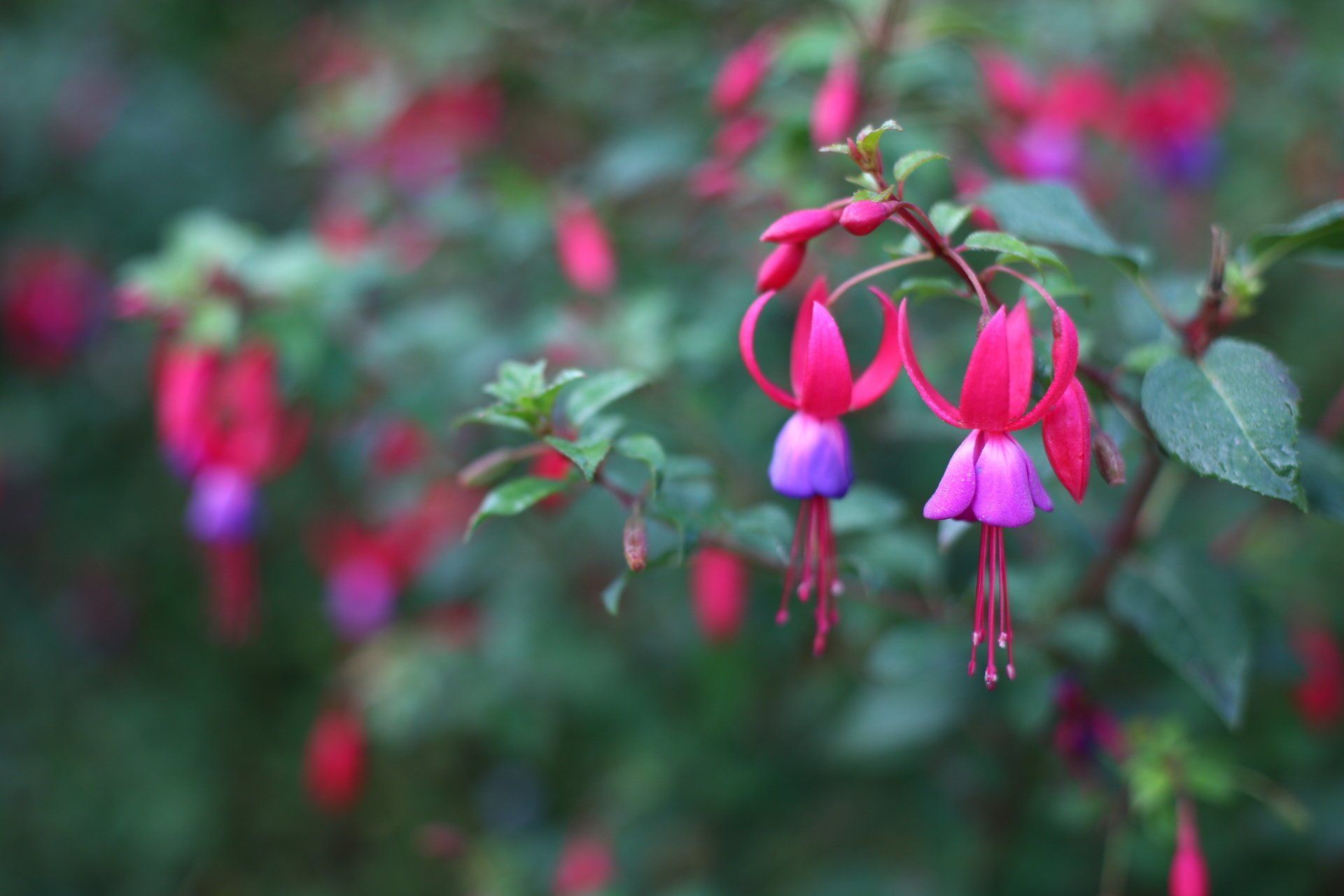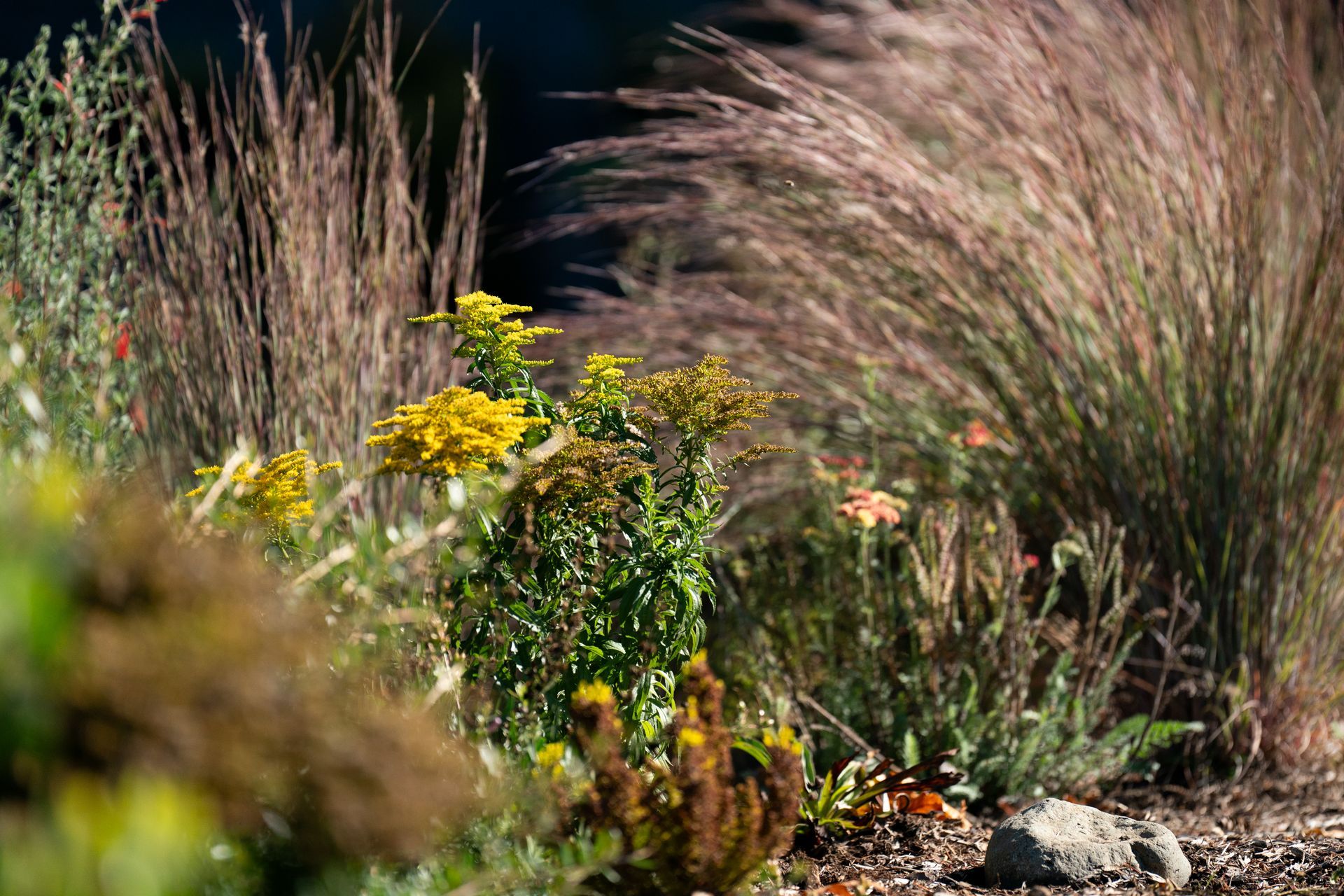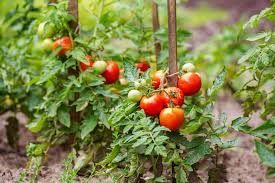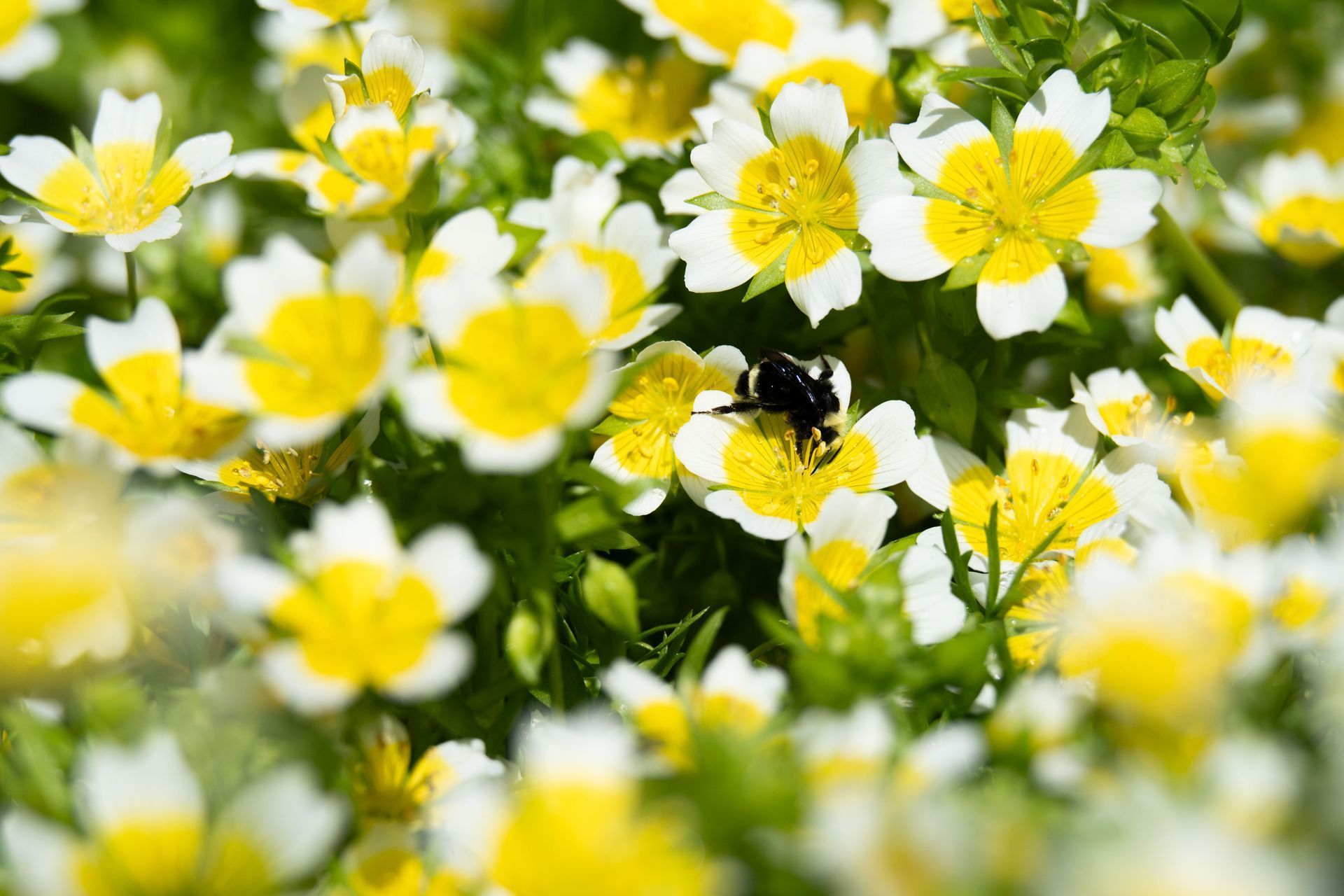What We're Reading
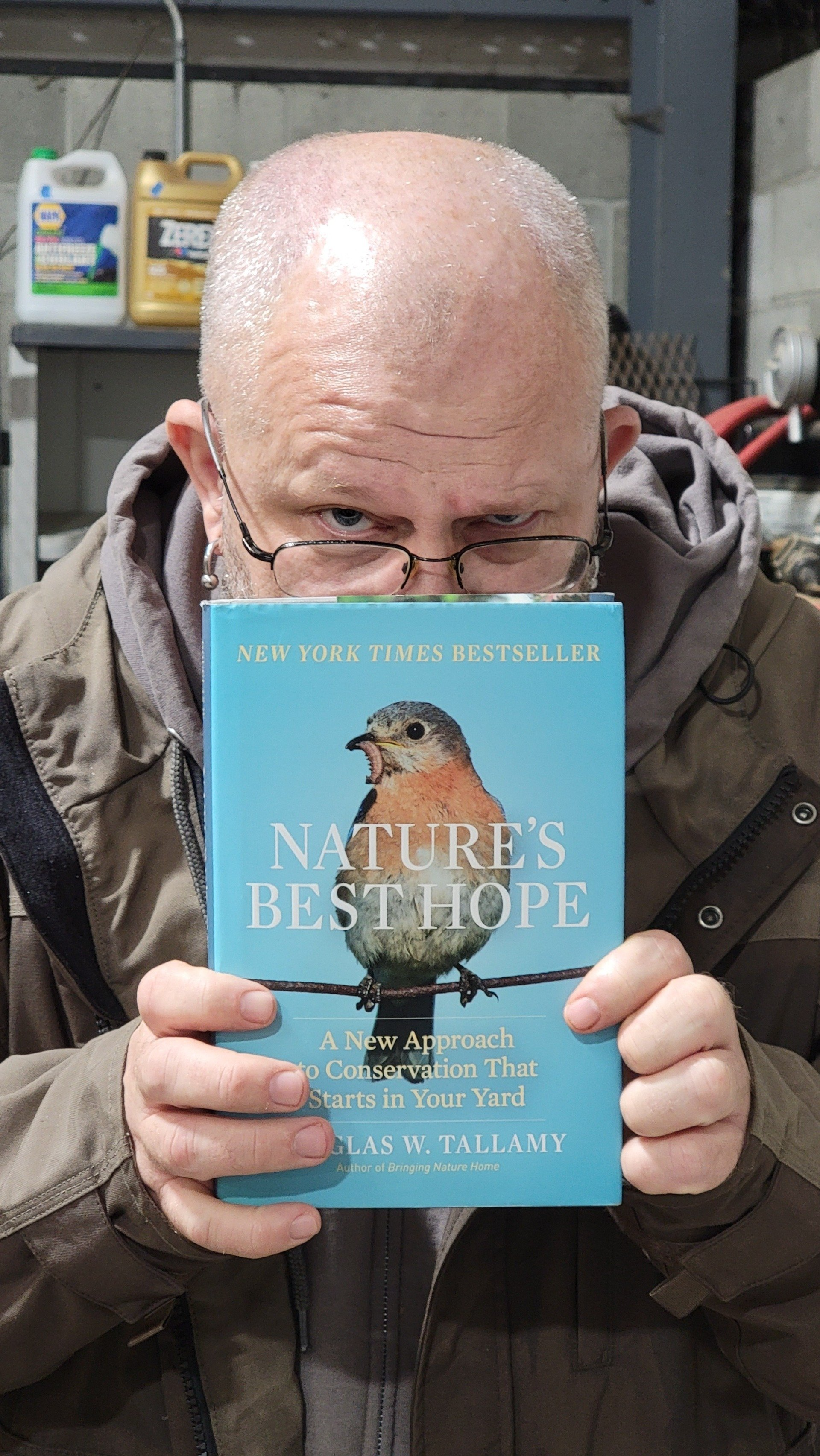
Dale's Bookshelf:
Last month, I read Nature’s Best Hope and it has inspired me to be more mindful of the design of my front garden - so much so, that I wanted to share my thoughts on the book here.
Nature’s Best Hope by Dr. Doug Tallamy sets a fire under the feet of those who are concerned about wildlife and those who would like to encourage wildlife in their own garden. It gives examples of each step one can take to help wildlife and ecosystems in our areas using native plants and eliminating or rethinking lawn space to create a habitat instead of a sterile monoculture of non-native plants.
Much of the worlds natural areas have been reduced to small areas that need to be protected. These areas are very small in the big picture and Doug believes we can all do our part in our own backyards to try to connect these natural areas again, giving wildlife a chance with the use of native species and careful consideration of the space.
After reading this book, I changed my thoughts on my garden and while I won’t be using all native plants, I will have a good amount of west coast natives that I have researched to know what insects each plant is a host for.
There is a lot of controversy over native vs non-native plants, and there are many ongoing studies on the issue. I did some more research and believe the use of native plants in our own gardens is important, but that we can create a nice biodiverse habitat and include them both, so long as we are mindful about the plants we include.
There is a handy little website by the National Wildlife Federation called Native Plant Finder that is based on Tallamy’s work.

Phil's Bookshelf:
I received a very special book for my 70 th Birthday which I thought was worth sharing. I love witty quotes, and sayings - I have even created a few myself! This book is a collection of quotes and witty sayings for gardener types in specific, but in truth, it touches the soul of all lovers of a life built on working with Nature.
The book is called Quotes, Quips, and words of Wisdom, compiled and edited by Nina Pick. Here is a quote that speaks my language: “A garden should feel like a walk in the woods” - Dan Kiley. I enjoy a good walk in the forest and meadow here in the Pacific NW; there is so much to see, hear and experience!
When I walk with others, they either learn to slow down and enjoy the bounty of offered details or they leave me to walk on with some goal of their own! I am a bit like a dog in this respect – not in the sense that I spend a lot of time peeing or sniffing strange things, but rather I try to inspect or identify any plant that looks different. I often hug a tree to feel its energy. I listen to birds calling and try to identify who is creating the song. It is a big challenge to try to get a good angle to see the singer and try to identify it by its song. Then we are good to continue on our way.
Views and vistas should be appreciated as well as sunsets, sunrises and cloud formations – all of which are interesting in their own way. Occasionally, an insect catches my eye and I am mesmerized. I continually look for what plants are blooming at that particular time and try to remember what time that select type bloomed last year.
In my garden, I do all of these same actions, the only difference is that I spend more time lingering in my garden, because I constantly find plants which need a bit of pruning or an errant plant or two which requires being pulled straight out of the ground.
This is a second quote which I identify with, “In the Spring at the end of the day, you should smell like dirt!” - Margaret Atwood. I do love the smell of soil warming in the spring sun as the days get longer. It is especially magical after it has rained and the earth smells absolutely ravishing! the soil is fragrant to me, all year long, but especially so on a warm spring day!
This quote communicates one of our very important principals of Landscape design. “There is nothing like Nature to teach garden design.” - Lee May. Here at Winterbloom, we are constantly using cues from nature, whether it’s rock formations, grassy meadows laced with blooming perennials, a plant that has a special structure or rolling hills to give us ideas of what looks good alone or together. A winding, sinuous stream with wooded banks and a waterfalls creates the best of beautiful models.
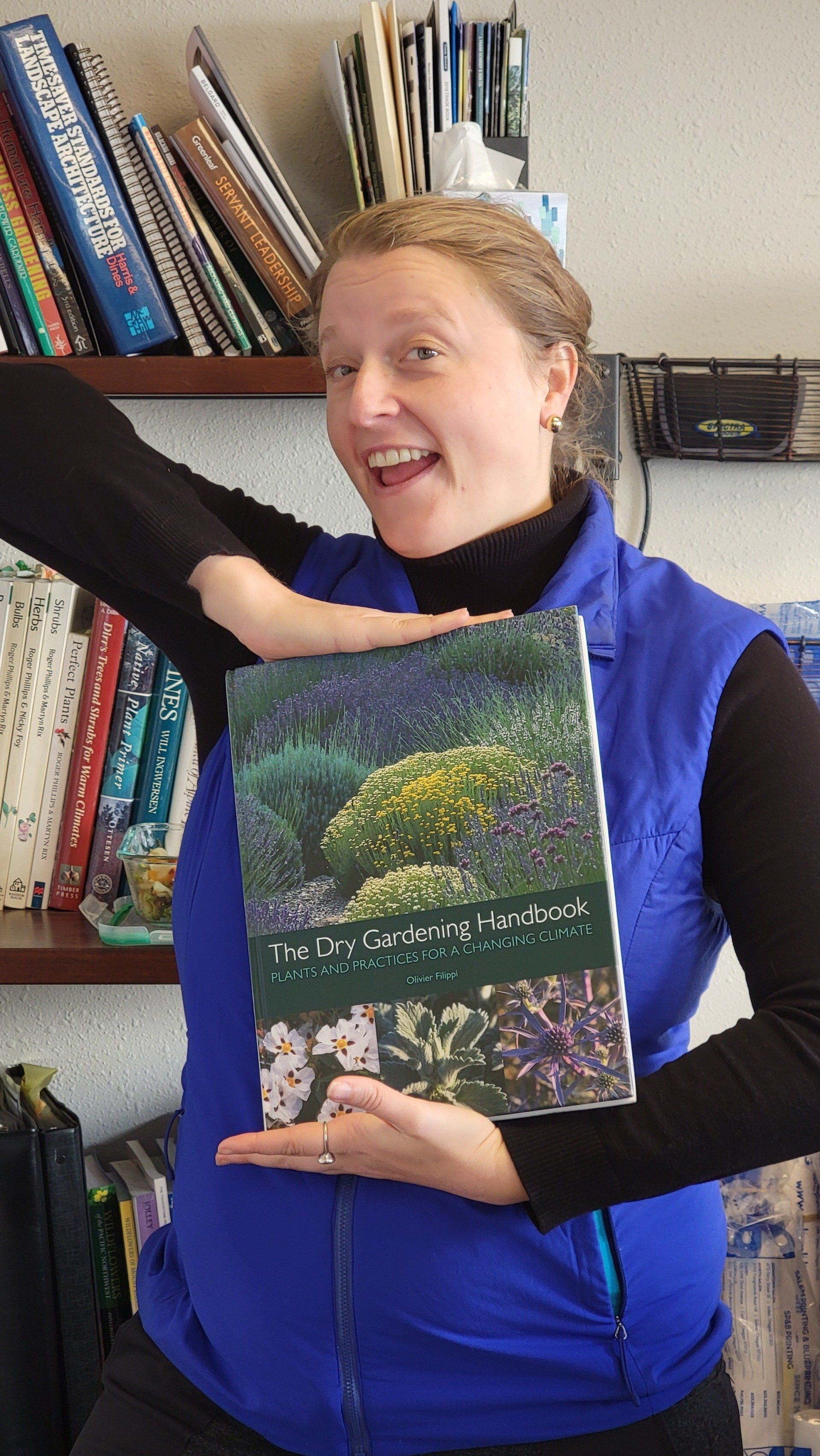
Rebekah's Bookshelf:
I have been reading through The Dry Gardening Handbook – Plants and Practices for a Changing Climate by Olivier Filippi and it is quickly becoming a valuable resource to me that I foresee revisiting time and time again. After this past summer’s heat dome I have had many clients asking about more drought and heat tolerant plants for their yards. Filippi has been researching and growing drought tolerant plants for decades and has some very useful tips and accompanying plant list.
It may come as a surprise to some of you to know that where we live in Oregon is technically a Mediterranean climate, similar to the Mediterranean as well as parts of Chile, Australia and South Africa. This means that we have long dry summers and wet winters. Filippi flips our concept of traditional seasons, derived from the traditional English garden, on its head and addresses the fact that the dormant season for most Mediterranean plants is in fact summer; this is very important to keep in mind when thinking of designing a garden comprised of these plants.
He gives useful instruction around planting conditions, pruning, watering and other plant care specific to this genre of plants. In addition, a better half of the book is comprised of a plant index of his preferred drought tolerant, Mediterranean plants. These plants are listed with place of origin, level of drought tolerance (according to his scale) and cold tolerance. Be aware: some of the plants listed are not hardy in our area and some are known to spread, so a second resource like the Sunset Western Gardening book is recommended when selecting plants from his list.
If, like me, you are concerned with creating a beautiful garden within the context of climate change and our lengthening dry summers, this is well worth a read.
